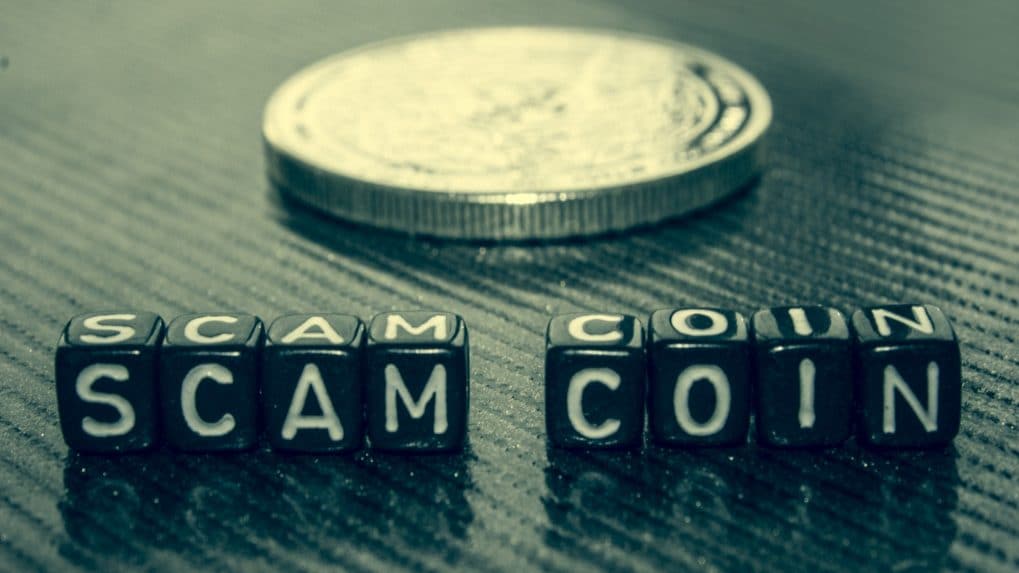Squid game token were a recent example of crypto-related scams. I tried to take advantage of the popularity of the Netflix show of the same name.
The growing cryptocurrency market has generated tremendous interest from new investors. Growth is very promising, with new coins added almost every month. According to market research firm CoinMarketCap, there are currently over 16,000 cryptocurrencies traded. However, this rapid expansion is problematic as there are many coins being launched with the purpose of deceiving or defrauding investors by taking advantage of existing trends or euphoria. How to distinguish between legitimate and illegal coins in this situation?
1.Verify the project
As a thumb rule, always look for the project website and its white papers. This is one of the most reliable ways to verify that your crypto project is legal. Each project publishes a white paper that describes the goals, ideas, and designs of the underlying blockchain and other technologies behind the project. The white paper can be found on the project website. Read it to see more details from other sources.
2.Promise of unrealistic returns
3.Follow URL
Scammers typically use the same website URL as the original URL. If you don’t see a “lock symbol” next to a website in your browser’s address bar, your access to the website is insecure. Make sure the URL uses “https” instead of “http”.
4.Track creators
Find the people behind the project, the governing body, the foundations that support it, and more. Thorough investigation is always a useful tool against fraud. This is a red flag if the project creators are anonymous.
5.Fake endorsements













